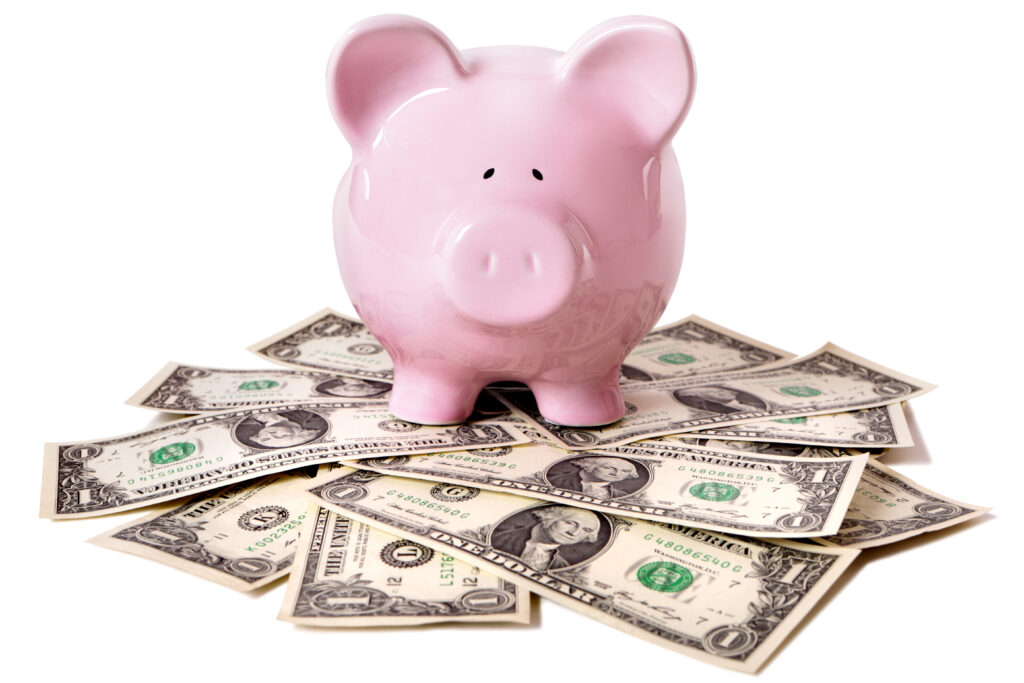
Top 5 Ways to Find Savings
It’s a good idea to review your budget and finances and see where you could be saving money. Here we’ll review the top 5 tips that can help you get more savings and even make your money work for you.
- Annual Mortgage Checkup
An annual mortgage checkup is a meeting with your mortgage specialist to review your financial situation as it pertains to your mortgage. During this meeting you can review your mortgage terms and interest rate, check your credit score, and discuss future plans. This can be especially helpful if you have an adjustable rate mortgage or if you’ve recently experienced a significant life change, like getting married or changing careers.
- Annual Home/Auto Insurance Checkup
Insurance agencies recommend you review your policies yearly to check for needed changes. Do you have the right deductible? Can your budget handle the increase from $500 to $1,000 in the case of a broken window or other claim? If so, the higher deductible will make your premium lower, saving you more money upfront. You could even recoup the increase in your deductible via premium savings if you have no claims within the next few years.
Car insurance should also be reviewed on an annual basis. Do you bundle your home and auto policy? There are usually significant savings to be found when you do. If you’ve changed careers and put less miles on your car now, be sure to tell your agent, as this can lower your rates. Another thing to mention is where you park your car. If you have a driveway or a garage and don’t have to park on the street, this lets your agent know your car isn’t likely to get damaged by someone else’s reckless driving.
- Open a High Yield Savings Account
If you’re holding $5,000 in a conventional savings account, the current national average rate is 0.46%. Over a year, you would only earn $23 interest. If you instead choose a high yield savings account, where the average is 5.25%, that $5,000 would gather $262.50 in interest. With the ease of online banking, you can research your options and compare factors like initial deposits, fees, rates, and transfer options between accounts.
- Comparison Shop
A great way to save money is comparison shopping, but there’s more to it than just going online and checking different websites for the best price on a specific item. For example, if you need a new refrigerator of course you should compare prices at different stores, but the price isn’t the only thing to consider. Does one store offer free delivery? Do they haul away your old one, or maybe hook up the ice maker for you so you know the new one works correctly before they leave? Suddenly it’s not just the cost of the appliance you’re looking at!
This can also apply to services. Fencing, roofing, plumbing, just about anything you might need to hire help for around the house – these are items you can have multiple contactors give you quotes for. Compare who will give you a good price, complete it timely, warranty their work, and take care of all your concerns.
- Consider Itemizing at Tax Time
When prepping your tax return, itemized deductions can really maximize your savings. By itemizing you can claim a larger deduction than the standard deduction; however, this does require you to complete and file a Schedule A with your tax return and to maintain records of all your expenses. There are a range of deductions that are only available when you choose to itemize, for example, mortgage interest and property taxes, charitable donations, and certain medical and dental expenses.
Per the IRS, there are circumstances where standard deductions or itemization is required. For more on which items you can itemize and what documentation you need, it’s important to reach out to a trusted tax advisor.
Cheers to finding savings!
